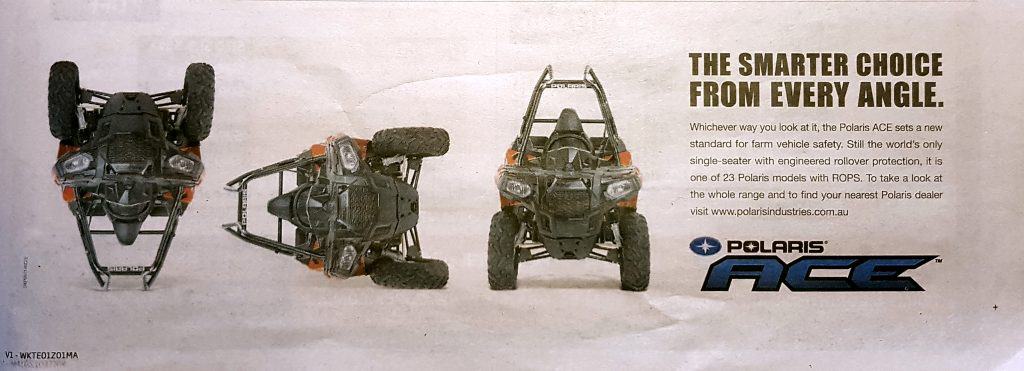 In mid-April 2017, Safe Work Australia (SWA) filmed its latest webinar at an inner-city hotel in Sydney on the theme of “Why big business needs to lead work health and safety”. SWA has established a strong place in the online safety media by providing unique information in a professional presentation.
In mid-April 2017, Safe Work Australia (SWA) filmed its latest webinar at an inner-city hotel in Sydney on the theme of “Why big business needs to lead work health and safety”. SWA has established a strong place in the online safety media by providing unique information in a professional presentation.
I flew up to Sydney for the event as I had heard that SWA was looking for audience members. There were a few familiar faces in the SWA team and they were excited about the filming. But it is very hard to determine just how successful this type of webinar is. Performance statistics should be available but they are rarely shared.





